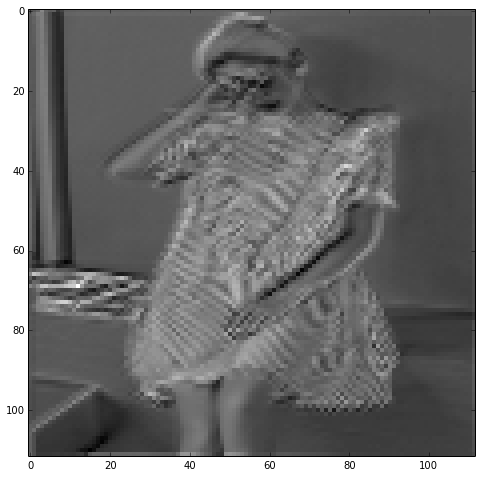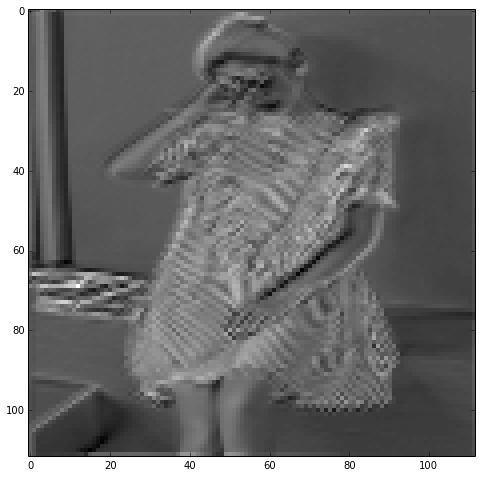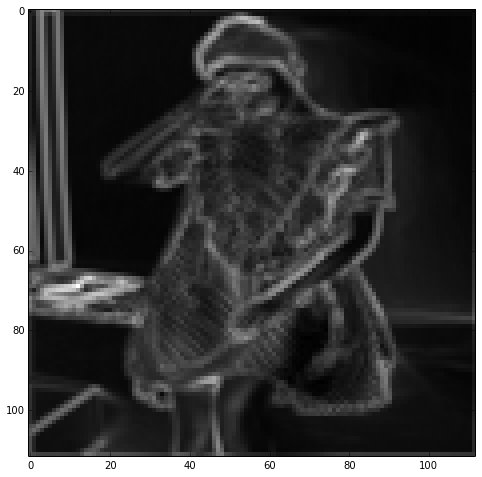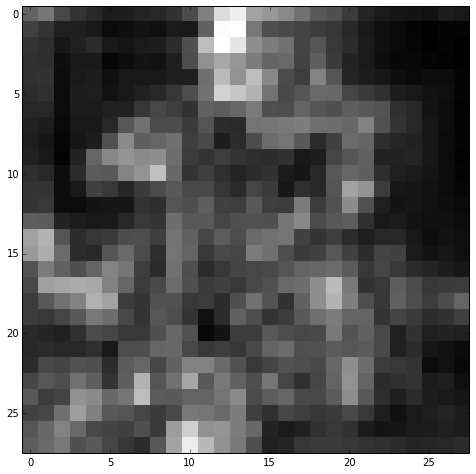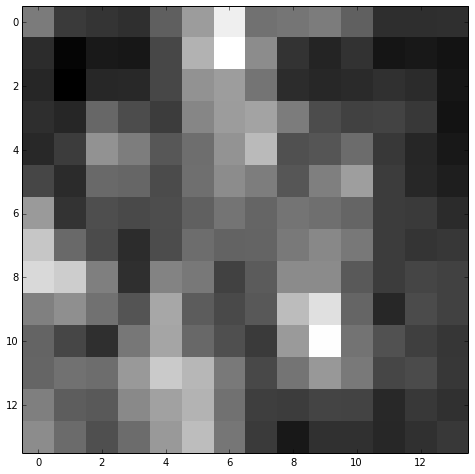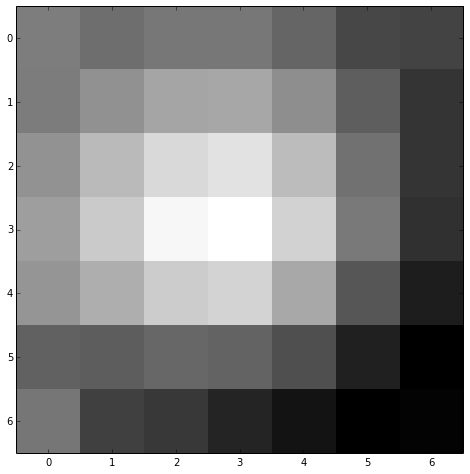22 layers
The main idea of the Inception architecture is based on finding out how an optimal local sparse structure in a convolutional vision network can be approximated and covered by readily available dense components..
inception结构的idea基于: 在convolutional vision network中局部稀疏的结构如何近似和cover readily available dense components.
-----------------------------------------------------------
uniformly 增加网络的深度(deep)和广度(width) cause major potential drawbacks:
1. a large number of parameters, prone to overfitting
2. dramatically increase use of computational resources
--------------------------------Inception,-----------------------------
1x1的卷积有什么作用
-多通道信息交互融合(eg.NIN) feature map的线性组合
-降维和升维(googlenet), 减少参数数量
-在不改变feature map尺寸(无信息损失)下增加非线性(deeper),增加网络的表达能力 (NIN)
-------------------------------------------
Loss,
loss = 0.3*loss1+ 0.3*loss2+loss3
--------------------------------------------------------------------
c = net.blobs['conv2/3x3'].data
print c.shape
sumxx = np.zeros((c.shape[2],c.shape[3]))
for m in c[0]: std = np.std(m) ave = np.average(m) if std ==0 : sumxx += (m-ave)else: sumxx += (m-ave)/std
#print std
sumxx = (sumxx - np.min(sumxx))/ (np.max(sumxx) - np.min(sumxx))
plt.imshow(sumxx)原图:
conv1其中的一个feature map 归一化
vonv1所有feature map 处理后相加后的图片
# (x-average)/std -> 归一化(x'-min)/(max-min) -> 所有feature map对应位置相加 -> 归一化
relu1 所有feature map的和
max pooling1
norm1
inception_3a/output
inception_4a/output
inception_5b/output

